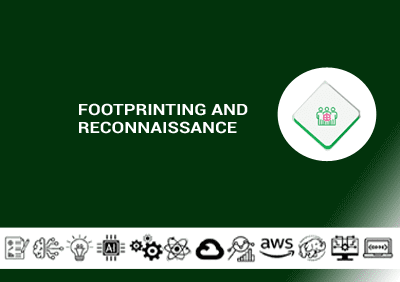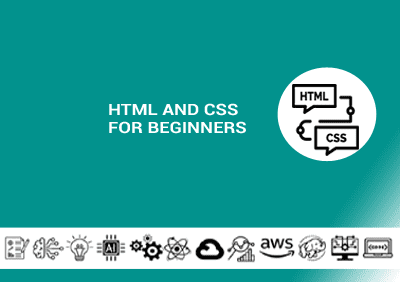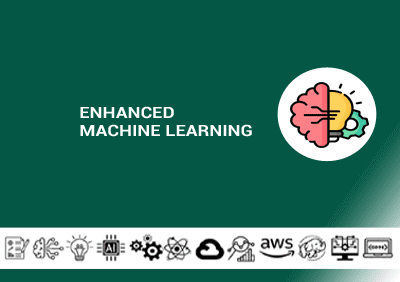- Overview
- Prerequisites
- Audience
- Curriculum
Description:
The purpose of business intelligence is to support better business decision making. This course provides an overview of the technology of BI and the application of BI to an organization's strategies and goals.
Data Analytics is emerging as of the most in demand and most popular field of studies these days. They are the fastest evolving technologies which is further leading into creating various new job roles like Data Scientist, Data Analyst, Business Analyst etc. In this course we’ll look forwards towards advanced excel, SQL, PowerBI and tableau, with the aspect of python language with data analysis.
Duration: 15 Days
Course Code: BDT333
- Must have knowledge of SQL and Python programming language
- Understanding of statistics will be beneficial.
Professionals who can consider Data Analyst as next logical move to enhance their careers.
Course Outline:
Introduction to Data Analytics
- Introduction to Data Analyst
- Application of Data Analyst
- Data Analyst Job Prospects
- Why Learn Data Analyst
- Future of Data Analyst
- Data Science Vs Data Analytics
- Data Analyst Vs Business Analyst
- Data Analyst Application
- Data Analyst Jobs
- Prerequisite for Data Analyst
- Data Analyst Components
- Data Analyst Lifecycle
- Data Analytics workflow
- Data Analyst Tools
MySQL and Statistics:
- RDBMS Intro
- Data Definition Language
- Data Manipulation Language
- Data Control Language
- Data Query Language
- Mean, Median & Mode
- Normal & Position Distribution
- Descriptive Statistics
- Inferential Statistics
- Probability
Art of Storytelling with Data
- Telling a Great Story
- Data Story Components
- Visualizing your Story
Data Analysis with Python:
- Python Programming Fundamentals
- Notebook - First Steps with Python and Jupyter
- Performing Arithmetic Operations with Python
- Solving Multi-step problems using variables
- Combining conditions with Logical operators
- Adding text using Markdown
- Saving and Uploading to Jovian
- Variables and Datatypes in Python
- Built-in Data types in Python
- Branching Loops and Functions
- Notebook - Branching using conditional statements and loops in Python
- Branching with if, else, elif
- Non Boolean conditions
- Iteration with while loops
- Iteration with for loops
- Functions and scope in Python
- Creating and using functions
- Writing great functions in Python
- Local variables and scope
- Documentation functions using Docstrings
- Numerical Computing with Numpy
- Notebook - Numerical Computing with Numpy
- From Python Lists to Numpy Arrays
- Operating on Numpy Arrays
- Multidimensional Numpy Arrays
- Array Indexing and Slicing
- Reading from and Writing to Files using Python
- Analyzing Tabular Data with Pandas
- Notebook - Analyzing Tabular Data with Pandas
- Retrieving Data from a Data Frame
- Analyzing Data from Data Frames
- Querying and Sorting Rows
- Grouping and Aggregation
- Merging Data from Multiple Sources
- Basic Plotting with Pandas
- Visualization with Matplotlib and Seaborn
- Notebook - Data Visualization with Matplotlib and Seaborn
- Line Charts
- Improving Default Styles with Seaborn
- Scatter Plots
- Histogram
- Bar Chart
- Heatmap
- Displaying Images with Matplotlib
- Plotting multiple charts in a grid
- Exploratory Data Analysis - A Case Study
- Notebook - Exploratory Data Analysis - A Case Study
- Data Preparation and Cleaning
- Exploratory Analysis and Visualization
Note: One visualization tool would be covered from Power BI/Tableau or QlikView
Power BI:
Get Started with Microsoft Data Analytics
- Overview of Data Analysts
- Roles in Data
- Tasks of Data Analysts
- Building blocks of Power BI
Prepare Data in Power BI
- Get Data
Cleaning, Transforming, and Loading Data
- Shape the Data
- Profile the Data
- Combine multiple tables into single table
Designing a Data Model in Power BI
Create Model Calculations using DAX in Power BI
- DAX Formulas
- DAX Functions
Create Reports
- Design the analytical report
- Design visually appealing reports
Create Dashboards
Create and Manage Workspaces
Manage Datasets in Power BI
Row-level Security.
Tableau:
- Introduction to Advanced Tableau
- Tableau Introduction for beginners
- Data Connections
- Creating Data Extracts
- Tableau Calculations
- Aggregation in Tableau
- Creating Quick Table Calculations
- Box and Whisker Plots in Tableau
- Chart Types in Tableau
- Formatting and Annotations
- Filtering Data
- Organizing & Simplifying Data
- Mapping in Tableau
- Data Blending in Tableau
- Sorting Data in Tableau
- Special Field Types
- Pivoting Date Parts on Shelves
- Parameters in Tableau
- Tableau LOD Expressions
- Tableau Dashboard
QlikView:
Getting Started
- Define Qlik
- Define QlikView
- A quick tour of QlikView
- Build your first QlikView document (Create a simple document)
Loading Data
- Understand how to load basic data sets into QlikView.
Visualization Foundations
- Understand how visualizations are created and configured.
- QlikView design interface
- Understanding dimensions and measures
Configuring Charts
- Understand how to configure various chart objects.
Interacting with Documents
- Identify various ways to search within QlikView.
- Understand various ways to select data within QlikView.
Sharing
- Understand object sharing possibilities.
Training Material Provided
- Digital format
- Will use different tool and techniques
- Lab access and assignment access will be provided




